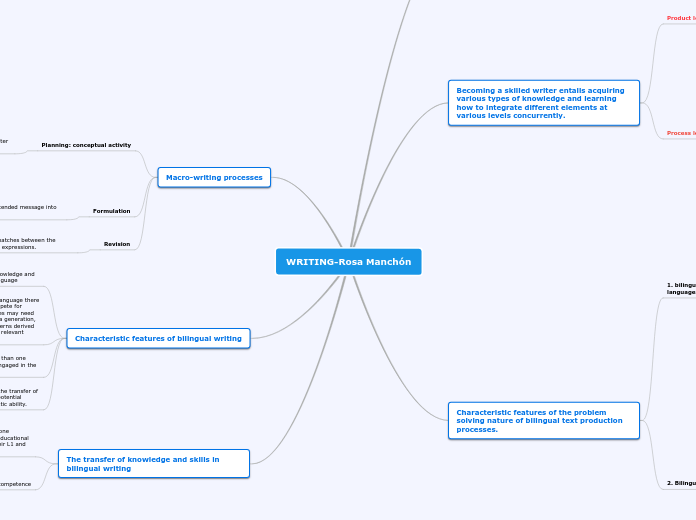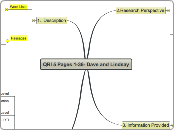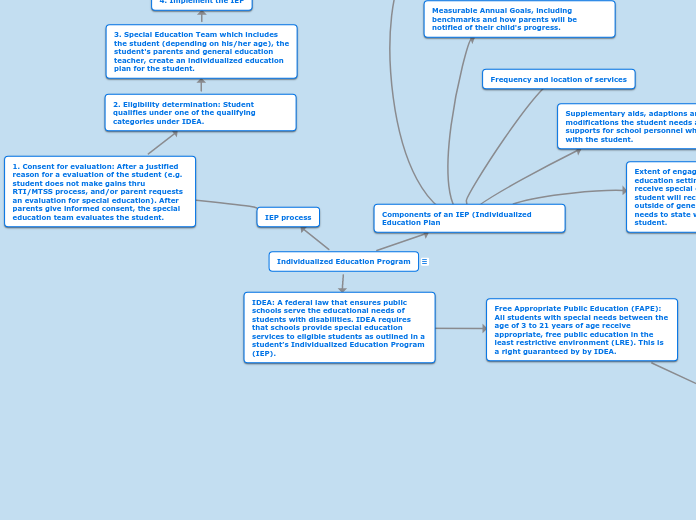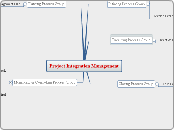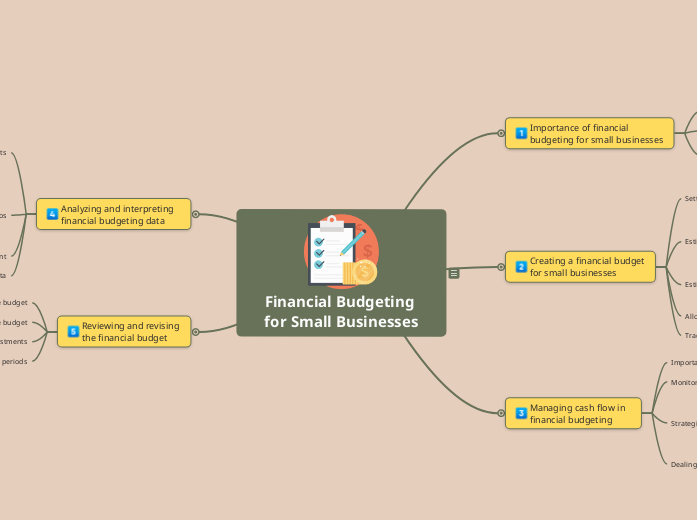WRITING-Rosa Manchón
The transfer of knowledge and skills in bilingual writing
Multicompetence
multilingual language users are not the sum of the separate competencies develop in each of their language but they are thought to possess a distinct competence in which their various language interact in intricate ways.
Milticompetent writers acquire the ability to produce their texts by controlling and choosing what they consider to be the most appropriate elements from their knowledge sources so that their texts are apprpriate for particular writing contexts and purposes.
Some bilinguals acquire literacy skills in more than one language concurrently such as student in bilingual educational programs. Others might develop literacy skills in their L1 and then in an L2 later in life.
Most of the empirical evidence points to the independence of the constructs of the L2 proficiency and L2 writing ability. In consequence, it is considered that L2 proficiency is simply and additive factor in bilingual writing.
Therefore, the writing ability already acquired in one language can be transferred to writing in another language if proficiency allows.
Characteristic features of bilingual writing
4. The study of bilingual writing has looked into the transfer of knowledge and skills among languages and the potential interplay between language expertise and linguistic ability.
3. bilinguals possess linguistic resources in more than one language and upon which they can draw when engaged in the macro-writing processes.
Some bilingual writers change languages while generating, formulating and revisinf their text in addition to resorting to their various languages for monitoring the writing process.
2. When bilinguals writers write in their weaker language there might be additional linguistic contraints that compete for attention with the result that attentional resources may need to be divided between higher level concerns (idea generation, content planning( and lower level linguistic concerns derived from limited access to knowledge of for example relevant grammar.
1. Skilled writiers need to develop both genre knowledge and language knowledge in one or more than one language
Bilingual writers have to cope with the processing demands of writing in their various languages.
Macro-writing processes
Revision
the solution of various types of mismatches between the writers intentions and their linguistic expressions.
Formulation
Writers transform the content of their intended message into language.
This transformation involves the construction of sentences through the selection of appropriate forms/items from the writers mental lexicon.
This selection process is dependent on the availability and accessibility of linguistic forms, their corresponding syntactic restrictions and the stylistic concerns and rhetorical considerations involved in the produtcion of the text at hand.
addressing these concerns may arise some problems that if properly solved through the use of writing strategies may allow the writer to end up with a text.
Planning: conceptual activity
It is the content of which may be self-elaborated by the writer , prescribed by the writing assignment, or both.
One needs to to know the writing context advanced planning (during the prewriting stage) and on-line planning (during the writing phase).
one needs to be familiar or have metacognitive knowledge of similar texts.
One needs to know the content of the message to be conveyed
Characteristic features of the problem solving nature of bilingual text production processes.
2. Bilinguals problem solving strategies
The use of L1 in bilingual writing
Using the L1 is a very characteristic feature of bilingual writing performance to the point that some bilingual writers appear to function in a bilingual mode while producing their L2 texts.
The use of the L2 can be the result of the interplay of numerous factors such as the language of knowledge input, the language of knowledge acquisition, the development of L2 proficiency, the level of knowledge demas, and specific task conditions.
In addition to a set of cognitive-affective factors including motivation, the need to overcome cognitive load or the language in which knowledge is stored, the use of the L1 is socially mediated given that L2 writers are influenced by what is valued and promoted in their social writing networks.
L1 use is inversely related to L2 proficiency: the more competence in the L2, the less use of the L1 and viceversa.
Writers can find it helpful to resort to their native language ofr these higher level processes as a way of overcoming task demands and also facilitate the engagement in deeper levels of processing.
bilinguals have been reported to resort to their L1 for a wide range of funtions such as planning the content of their text.
E.g: bilingual writers have shown to deploy a range of L1 based lexical retrieval strategies
3. Thiking of the L1 term that expresses the intended meaning, paraphrasing it and then translating the paraphrase into the L2.
2. Retrieving the L1 term that expresses ones intended meaning and concentrating in repeating it hoping that the L2 term will finally come to mind
1. reformulating the intended meaning in the L1 a a way of finding the L2 equivalent.
Writing strategies in L1 and L2 writing
But the transfer of L1 strategies to L2 writing is inhibited when L2 writers do not possess the necessary proficiency level to perform a given writing task.
Studies have shown similarities in strategy use across L1 and L2.
1. bilingual text production processes within and across languages
allocation of attentional resources
The greater allocation of attentional resources to L2 generation processes may be taken as an indication of the more labor-intense nature of this composing proces in L2 in the case of L1 dominant bilinguals, even with high proficiency in L2.
bilingual writers make a priority of text generation (the process of transforming ideas into language).
But while in L1 writing writers devote around 50% of their composing time to generating their text, in L2 this time increases.
fluency in writing has been found to vary across a bilinguals languages.
writing fluency (operationalized as the total number of words written or as the number and length of pauses) varies across languages.
bilinguals, especially L1 dominant biilinguals produce shorter texts in the L2 condition, pause more often and produce a lower number of word between pauses.
Becoming a skilled writer entails acquiring various types of knowledge and learning how to integrate different elements at various levels concurrently.
Process level
writing is a cognitively demanding problem-solving task in which various demands (ideational, textual, linguistic, procedural, etc) compete for attention.
Becoming a skilled writer entails
developing the ability to juggle with the various contraints that need to be addressed concurrently while composing challenging and demanding texts.
Possessing genre specific knowledge that can be acceseed and used when required
Having automatic acces to the relevant linguistic knowledge needed to express ones inteded meaning in different genres.
The writers problem solvin behaviour is the thinking proces engaged in to get from a initial state to an end sate, which is done through a sequence of cognitive operations known as problem -solving strtegies.
Writing entails continuos decision making regarding which aspect of writing to prioritize at each point in the composing process.
This is done through monitoring function
Product level
Writers must produce appropriate texts for given social purposes and contexts of use (language knowledge and genre knowledge).
By learning the language needed to convey their intended meaning when writing in different genres.
By learning the conventions that guide the production of such texts
The writing process
The study of the psycolinguistic dimension of bilingual writing has been approached with the aid of models elaborated to described L1 writing.
composing is a dynamic process that consists of several subprocesses, basically planning, formulation and revision that interact with one another in a cyclical fashion.
This means that writers do not usually engage in planning, revision and formulation in a linear way. In consequence, in the course of the the composition some processes are activated while others are deactivated.
This control or monitoring function which is taken to be a further component of the L1based models we have referred to, enables the writer to take decisions, such as the precise moment at which a certain subprocess can be brought to halt or when some revision of the text produced so far is required.
the processes writers activate while composing are independent of the specific linguistic problems involved.
